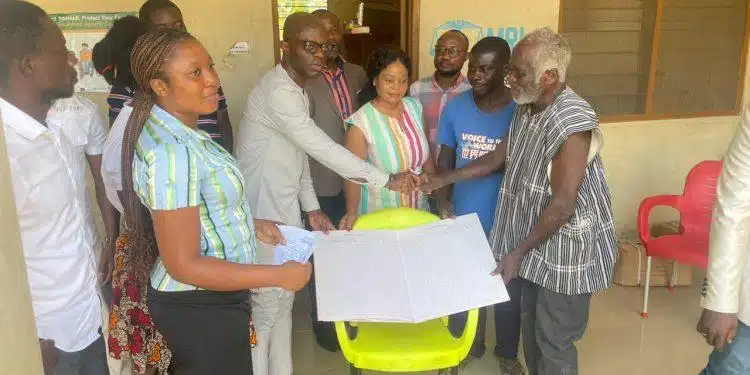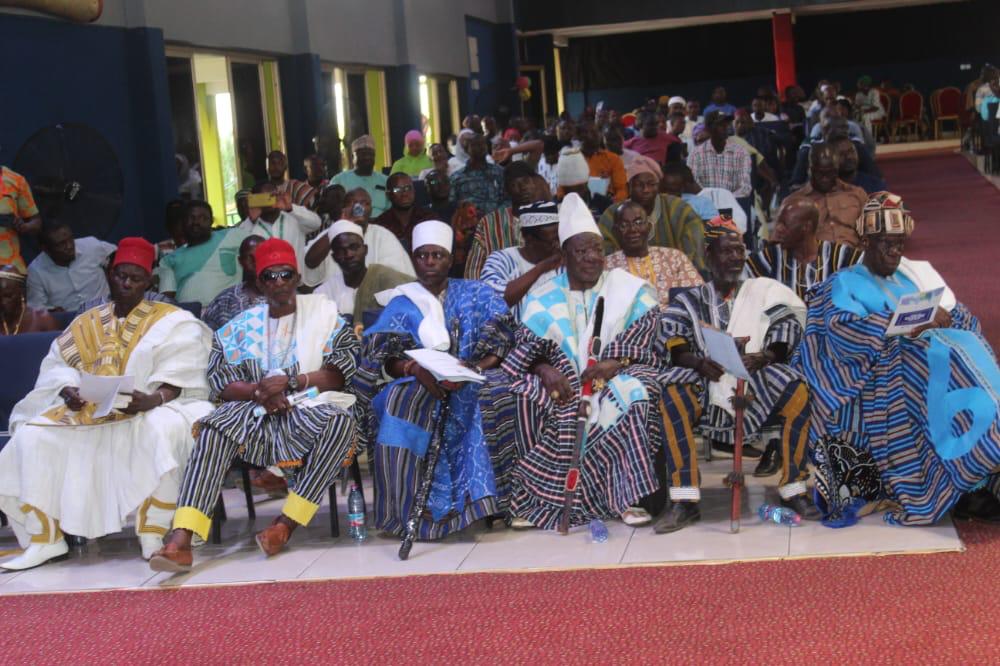Frequently Asked Questions
Answer: The office issues an application or requirement form in a format covering your
- Affidavits from parents attesting to the birth
- Full name
- Sex
- Date of Birth
- Place of Birth
- Mother’s Maiden Name
- Fathers Name
- Father’s Religion
- Father’s Occupation
- Applicant Phone Number
- Name of one witness and the nationality of both parents
- GPS Address of Applicant
These application form addresses what is required of the applicant in acquiring 5yrs and above certificate.
Note: Late registration is registered from the originating district of birth.
Answer: Depending on whether it is a new application or an old certificate. The duration for a new application is 4-6weeks. Converting an old certificate to a certified copy takes 10 working days
Answer: The legal fees on infant application attracts no cost, searches (old copies) cost Gh10.00 and late application attracts a penalty of GH20.00.
Answer: This procedure involves a search on our system to check whether you had one and if it shows on our system as found, a copy is printed and submitted to the vault department to conduct their investigation and certifying that all the details on the copy has been rightfully entered in the register before we can retrieve a signed copy for you. This ensures the authenticity of the birth certificated issued out.
Answer: Where the applicant holds an old certificate and wants to replace it with a certified copy. The particular search only searches the record for 5ghs. The print out of particular searches attracts extra 5ghs. This makes the sum total for this service 10ghs. Certified copies and particular searches are obtained at the head office.
Answer: Where the applicant wants to make changes on his infant or first birth certificate, Changes are done once on a birth certificate. Applicants are not allowed to alter their year of birth.
Answer: Where the applicant wants to make changes on his/her new Birth Certificate. Applicant must add affidavits from commissioner for oaths which specifies the changes to be made and also attached the old certificate.
GENERAL SERVICE
- General Search………………………….. GHS 6.00
- Particular Search……………………….. GHS 5.00
- Certified Copy…… ……………………….GHS 5.00
- Change at Birth…………………………. GHS 5.00
LATE REGISTRATION OF BIRTH- 1 – 5 yrs……………………………………… GHS 10.00
- 5 yrs and above………………………… GHS 20.00
- Late Change……………………………… GHS 50.00
REGISTRATION OF DEATH- late Death Registration…….. …….GHS 30.00
- Exportation of Remains……. ……..GHS 55.00
- Death Change…………………………… GHS 50.00
- Adoption……………………………………. GHS 50.00
- Verification of Birth and Death Records………………………………………..GHS 6.00
- Cancelation Multiple Registration………………………………. GHS 50.00
- Burial permit for deceased person brought into Ghana…………………………………. GHS 20.00





BDR TRAINS COMMUNITY POPULATION REGISTER IMPLEMENTATION TEAM IN ITS SECOND PHASE